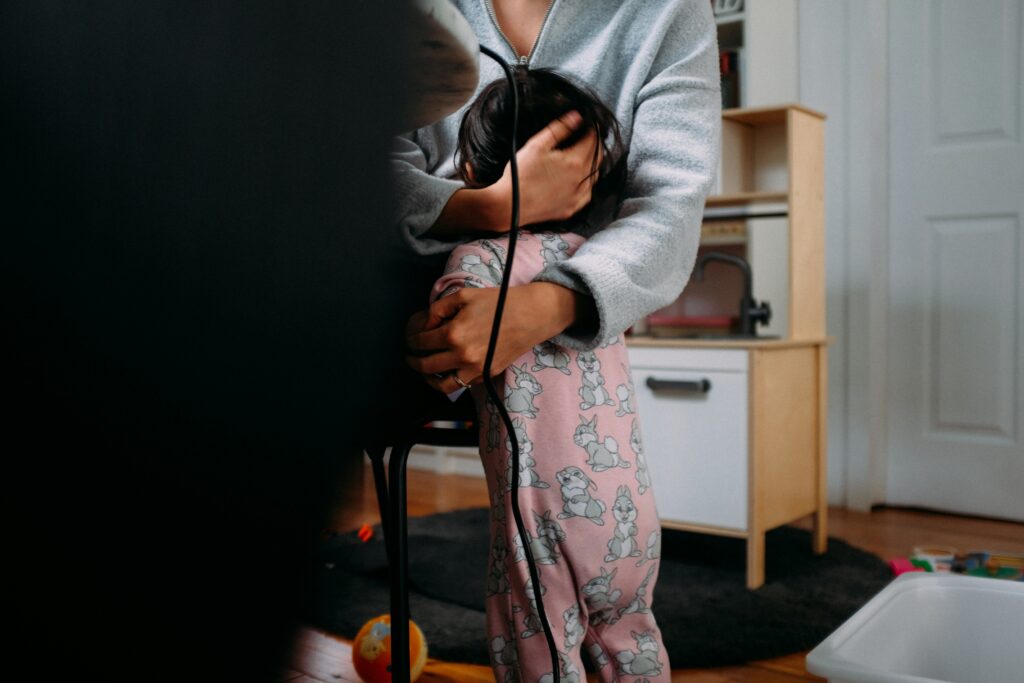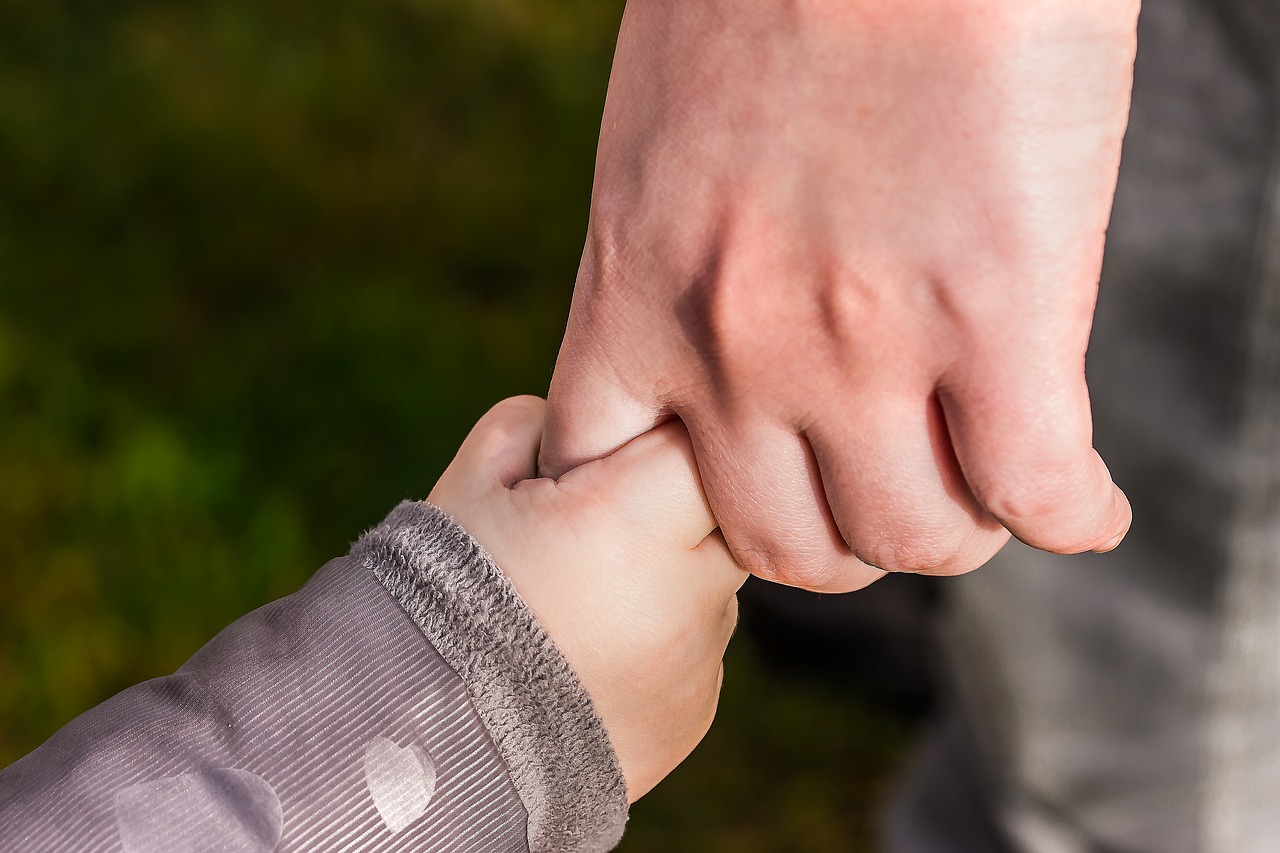Imagine a world where being a parent was a Zen-like experience, filled with calm and present moments. Where tantrums were handled with ease and nurturing environments flourished effortlessly. Sound too good to be true? It’s not.
In this article, we’ll explore the transformative power of breathwork and show you how mastering the art of mindful breathing can make you a more centered and composed parent. You’ll discover the secret to unlocking a greater sense of calm, having deeper connections with your child, and creating a nurturing environment where both you and your little one can thrive.

Understanding Mindful Breathing
Mindful breathing involves deliberately focusing your attention on your breath, observing each inhalation and exhalation without judgment or attachment. You are fully present in the moment and your breath serves as an anchor to bring your attention back when it wanders.
In our fast-paced and chaotic world, it’s easy for our minds to be consumed by thoughts, worries, and distractions. Mindful breathing allows us to step out of this whirlwind and find a sense of calm and clarity. Paying attention to our breath slows down our thoughts and quiets the mind, making space for reflection and self-awareness.
The power of mindful breathing is in its simplicity. All you need is yourself and a willingness to be fully present. It can be done anywhere, at any time, whether you’re sitting in traffic, waiting in line, or hanging out time with your kids.
When you practice mindful breathing as a parent, you not only cultivate your own inner calm but also create a serene and nurturing environment for your child. Kids are very perceptive and attuned to their parents’ emotions. When you develop this calm and centered presence, your child can sense it and respond in kind.
Mindful breathing also helps you become more aware of your own reactions and triggers. By taking a moment to pause and breathe before responding to your child’s behavior, you can choose a more thoughtful approach. The ability to respond rather than react helps you build greater understanding between you and your child. Manage your energy and emotions in this way creates a more peaceful and balanced home environment.
A Deep Connection with Your Child
In addition to its inherent benefits for your own well-being, mindful breathing can also serve as a powerful tool for connecting with your child. As you cultivate awareness through your breath, you become more attuned to not only your own reactions and triggers but also those of your child.
When faced with challenging moments or difficult behaviors, taking a moment to pause and breathe allows you to respond rather than react. By choosing a more thoughtful and measured approach, you create space for understanding and empathy. This shift in perspective can build a relationship with your child grounded in mutual respect and trust.
As you practice being present, you become more attuned to their needs, emotions, and perspectives. This heightened awareness enables you to provide emotional support and guidance, offer a sense of security, and strengthening your bond.
Mindful breathing is an intentional practice that not only benefits you as a mindful parent but also makes you a positive role model. Through your example, your kids learn and see the importance of self-regulation, emotional intelligence, and the power of connecting with others on a deeper level.

Handling Tantrums with Mindful Breathing
Mindful breathing can also be a technique for navigating moments of frustration and tantrums. Tantrums can be overwhelming for both parents and children, whether triggered by fatigue, hunger, or simply not getting their way. Instead of feeling frustrated or helpless, mindful breathing can help diffuse the tension and create a calmer environment for everyone.
When a tantrum erupts, it’s important to stay calm. It’s natural to feel a surge of frustration or annoyance when faced with a screaming child, but reacting with anger or impatience will only escalate the situation. Take a moment to focus on your own breath so you can ground yourself and approach the situation with a sense of calm and empathy.
Then, acknowledge and validate your child’s emotions. Tantrums often result from children feeling overwhelmed or not being able to express themselves effectively. Paying attention to your breathing gives you the space to listen to your child. It also gives them the opportunity to release their emotions and feel understood.
From your grounded perspective and stable energy, you can guide your child to a more calm state. Encourage them to take deep, slow breaths along with you, showing them the power of focusing on their breath to find inner peace. By modeling this behavior yourself, you can teach your children how to self-regulate their emotions and find a sense of calm amidst the storm.
The goal is not to suppress or dismiss emotions, but rather to help them navigate through it in a healthy manner. With this awareness and care, tantrums can be opportunities for understanding, growth and learning.
Self-Care as a Parent
In addition to open communication and clear boundaries, it’s important to prioritize self-care as a parent. Taking care of your own well-being allows you to be more present and patient with your child. When you are calm and centered, it becomes easier to respond to tantrums in a mindful and compassionate manner. Find activities that recharge you, whether it’s practicing mindfulness, exercising, or simply taking time for yourself. By caring for your own emotional well-being, you create a positive ripple effect that benefits both you and your child.
Creating a nurturing environment requires intentionality and effort, but the rewards are well worth it. Your child will feel supported, loved, and understood, which will contribute to their overall emotional development.
By prioritizing self-care as a parent, you can create a positive and loving environment for both yourself and your child. Engaging in activities that recharge you can have a profound impact on your emotional well-being. When you take care of yourself, you become more present and patient with your child, making it easier to respond to challenging situations in a mindful and compassionate manner.
Mindful breathing can help you cultivate a sense of calm and centeredness. With just a few moments of focused breathing each day, you can bring yourself back to the present moment and find a sense of balance and clarity.
Mindful Breathing in Daily Life
One way to seamlessly integrate mindful breathing into your daily routine is to anchor it to existing activities. For example, you can take a few deep breaths while preparing your morning cup of coffee or tea. Notice the sensation of the warm mug in your hands and the aroma of the beverage as you inhale and exhale slowly. Alternatively, you can incorporate mindful breathing into your daily commute, using red traffic lights or stop signs as cues to take a moment and focus on your breath. These small pauses throughout your day can serve as reminders to reconnect with yourself and find a sense of calm.
Another opportunity to practice mindful breathing is during everyday tasks such as washing dishes, folding laundry, or taking a shower. By bringing your awareness to the sensations, sights, and smells of these activities, you can create a meditative experience that allows you to be fully present. As you wash dishes, feel the warmth of the water, the texture of the plates, and the gentle movements of your hands. As you fold laundry, notice the crispness of the fabric and the rhythm of your folding. These simple acts can become moments of mindfulness, grounding you in the present and providing a much-needed break from the constant demands of parenting.
Being an Example
Incorporating mindful breathing into daily life not only benefits you but also sets a powerful example for your child. When they see you taking a pause to focus on your breath, they may become curious and want to join in. This can be an opportunity to introduce your child to mindfulness and self-awareness, allowing them to develop their own tools for self-regulation and emotional well-being.
By integrating mindful breathing into your daily routine, you create a foundation of calm and presence that extends beyond your personal practice. As you navigate the challenges and joys of parenthood, remember to take moments for yourself. Embrace the power of mindful breathing to cultivate a peaceful mind, allowing you to show up as the best version of yourself for both you and your child.




